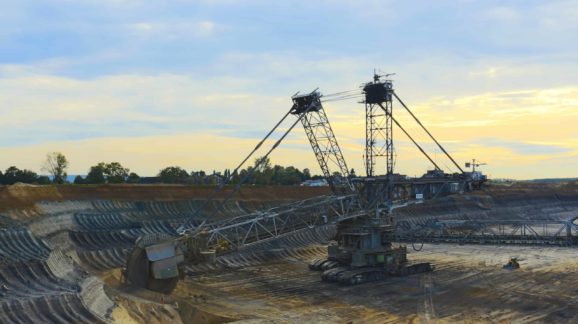Russia’s Invasion Impact Hits Beyond Oil to Mining and Metals
Much has been said about the impact of Russia’s invasion of Ukraine on oil and natural gas markets and the lessons for American energy policy. But the recent market scramble over the price of nickel, which more than doubled in a single day, temporarily surpassing $100,000 per metric ton, is a reminder these impacts are reaching far beyond the energy sector alone. America needs a strategy for other commodities as well, particularly the ones we dig out of the ground.
Take the alternative energy sources currently favored by the Biden administration to achieve its expansive climate-change ambitions. Many of those alternatives depend heavily on mined materials like lithium, cobalt, rare earths, nickel, palladium, copper, and graphite. A May 2021 International Energy Agency report estimates “a typical electric car requires six times the mineral inputs of a conventional car and an onshore wind plant requires nine times more mineral resources than a gas-fired plant.” Thus, any non-trivial transition to these alternatives will require many times more mined materials than are currently available.
Another report, this one from the U.S. Geological Survey, quantifies the extent to which these so-called critical minerals are imported. It notes that “of the 35 minerals or mineral material groups identified as “critical minerals”…the United States was 100 percent net import reliant for 14, and an additional 15 critical mineral commodities had a net import reliance greater than 50 percent of apparent consumption.”
And a major producer of many of these vital minerals sits in Moscow: Vladimir Putin.
Norilsk Nickel, or Nornickel, is the world’s top producer of refined nickel, responsible for about 7 percent of global mined production. It’s also the world’s largest producer of palladium and a major producer of platinum.
Cobalt is a key element in the manufacture of batteries for electric vehicles. Russia is the world’s second-largest producer and one of America’s top sources.
Before now, the concern about foreign control of these rare earth metals was focused on China. In February, the Biden administration announced a series of public-private partnerships to increase domestic production.
“We can’t build a future that’s made in America if we ourselves are dependent on China for the materials that power the products of today and tomorrow,” Biden said at a White House event.
But Russia is also the location of extensive minerals mining and processing and is also making key acquisitions around the globe.
As with oil and natural gas, America could become less dependent on critical mineral imports from unfriendly nations through greater domestic output. Only a fraction of America’s mineral potential is currently being produced, due in large part to many promising deposits being placed off-limits by the federal government. The rest is subject to permitting and regulatory requirements that are difficult if not impossible to navigate. For example, the permitting process for a new mine under the National Environmental Policy Act averages 10 years, and there’s no guarantee of eventual success. Modest steps undertaken by the Trump administration to streamline this process have recently been reversed under Biden.
It is worth emphasizing the environmental objections to domestic mining and processing of these minerals make little sense given that exporting nations like China and Russia have far weaker safeguards than those applicable to facilities in the U.S.
Read the full article at Inside Sources.
